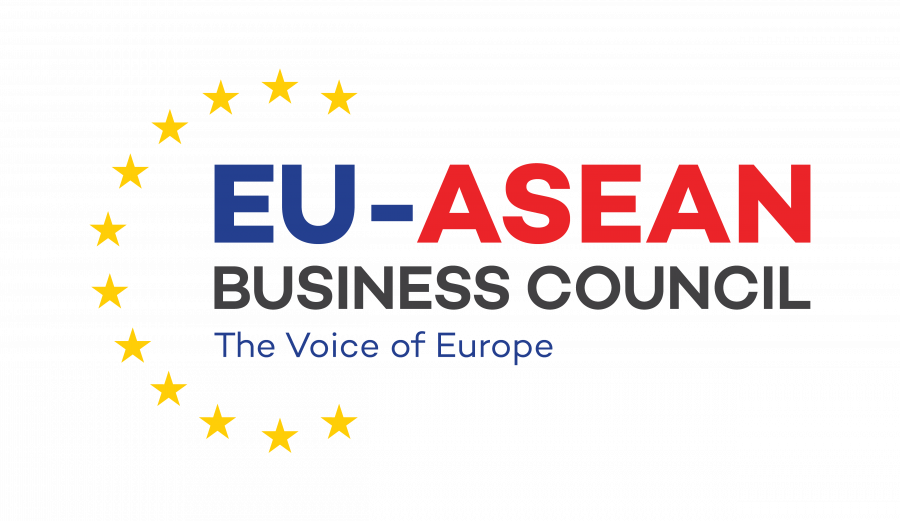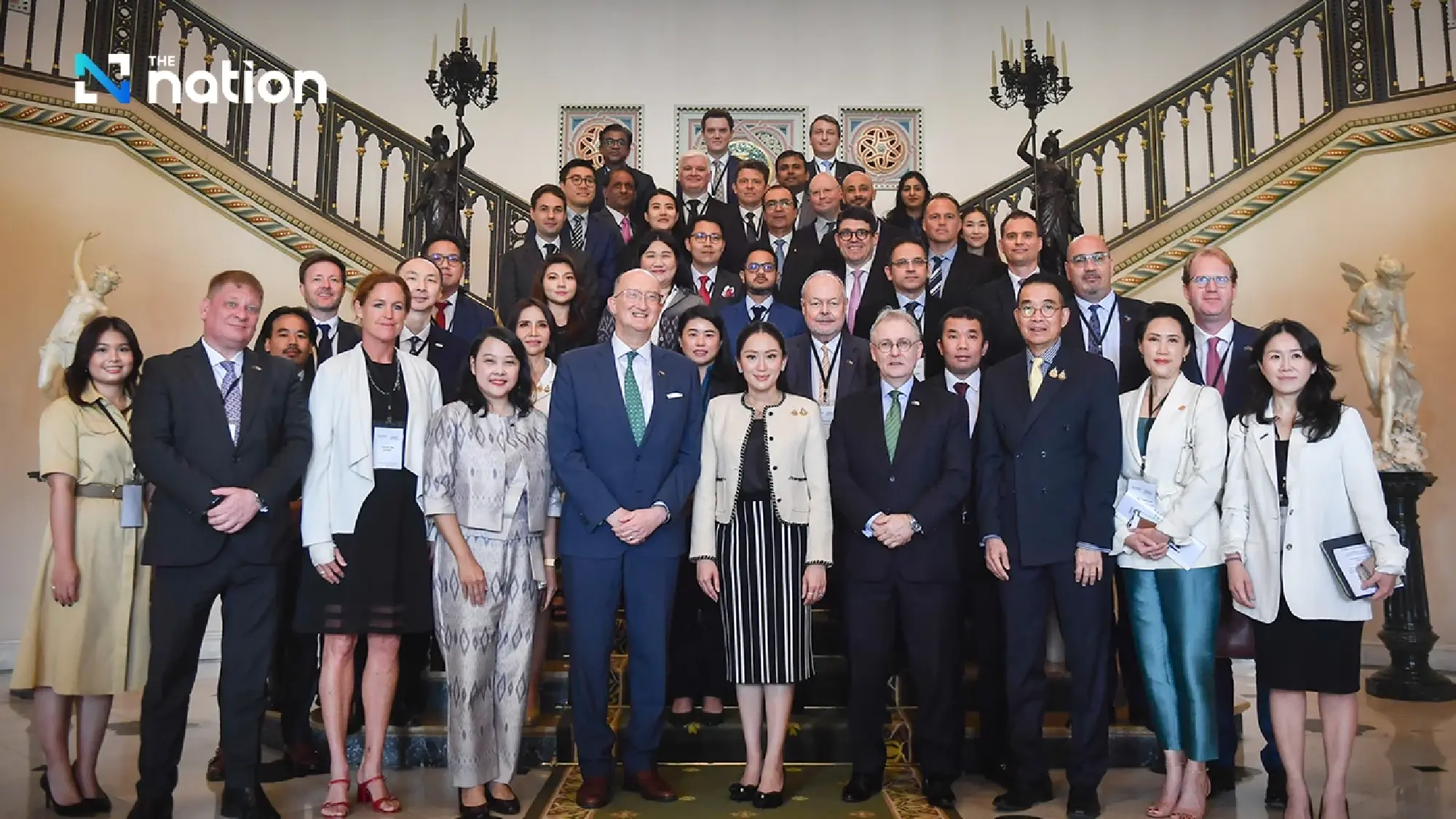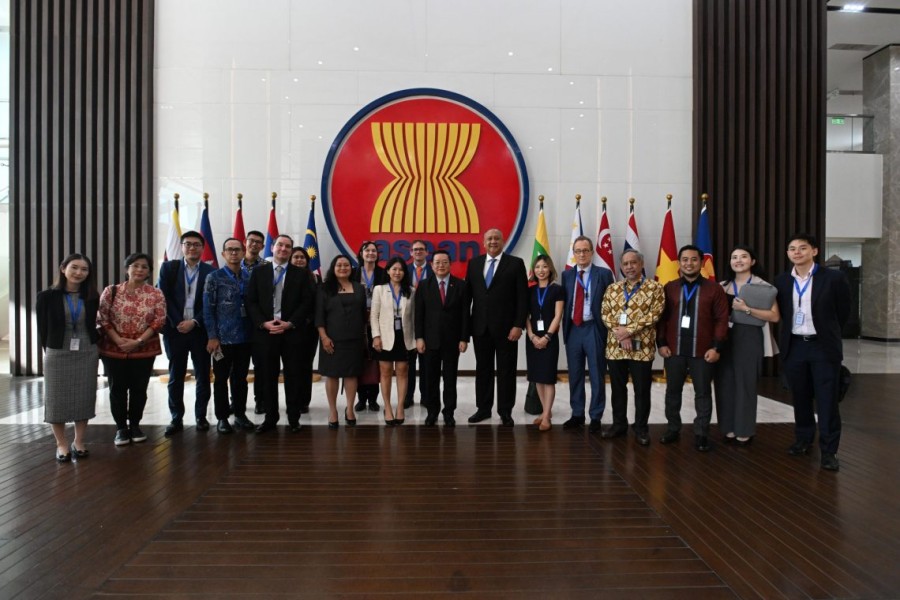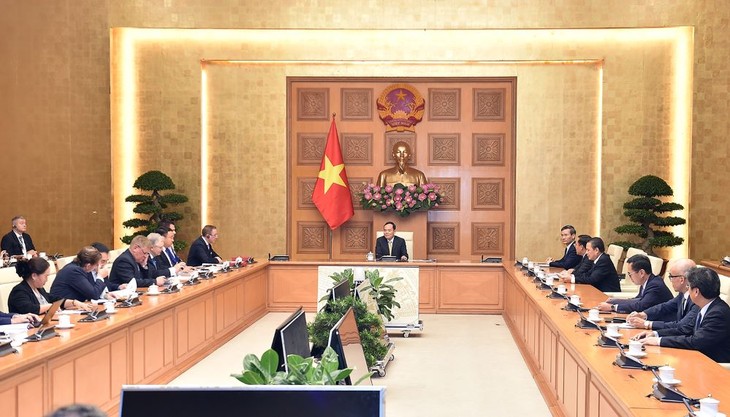The Belt & Road Initiative, announced by President Xi Jinping in 2013, is a drive to build infrastructure connecting China and the other 64 Silk Road countries of ASEAN, South and Central Asia and the Middle East. The initiative is well recognised as a welcome stimulus to global growth, and helping countries face the challenges of poor physical and social infrastructure. For the ASEAN region in particular, the initiative could provide a welcome boost in dealing with undoubted need for increased infrastructure spend as the region continues with its economic development – a trend that should provide plenty of opportunity for European businesses.
What is less discussed, but equally important, is Belt & Road’s potential to address the massive and urgent need to create hundreds of millions of jobs across the region to absorb a dramatic surge in working population, especially the young adult population. Unaddressed, a growing jobs gap could lead to political fragility, the rise of new fanatical movements and new economic and conflict-driven refugee crises that would dwarf what the world, especially Europe, has faced recently.
The low level of physical and social infrastructure in emerging economies, including in much of ASEAN, is well-documented. Most of the United Nations’ seventeen Sustainable Development Goals are related to, if not dependent on, improving infrastructure, ranging from clean energy, water and sanitation, to health, education and sustainable cities. Accelerating infrastructure investment to close the gaps in those areas is a priority for much of Southeast Asia.
What is not often as explicitly addressed, however, are the links between infrastructure and sustainable creation of jobs, and between jobs and stability. Concerns about job loss or the lack of economic security are a source of political stress that is creating an unpredictable new normal in politics today, especially in Europe and America. In poorer, emerging countries, joblessness, particularly among rapidly growing young working populations, can contribute to instability. In 2010, just before the Arab Spring, surveys found that of eleven issues including political and religious controversy, “employment” ranked first in importance in all six Arab countries with annual PPP per capita incomes under USD15,000.
Nowhere will the job creation challenge be more acute than in the 39 Silk Road countries whose work forces are expanding. Those 39 countries (across ASEAN, South Asia and the Middle East) face perhaps the greatest short term job creation challenge in world history. Whereas China itself and many European countries face aging demographics, between 2015 and 2030 the working population of the growing 39 Silk Road countries will increase by a startling 382 million. To employ 382 million new workers requires creating more new jobs than the total working population of the EU 28 (or two times the current working population in the US) in 15 years! In ASEAN some 61 million new jobs will be needed between 2015 and 2030.
Better infrastructure in those countries is critical for creating employment, not only in construction but also to foster more efficient trade and higher productivity. Without more jobs, the potential for anti-globalisation or even instability and increased pressure for massive outward migration will be very real __ soon.
The job creation potential in infrastructure has been well established. Studies in the US suggest that every USD 1 billion investment in infrastructure will result in 13,000-22,000 jobs created. The job creation potential will be even greater in developing countries, and many jobs can be created while simultaneously greening the economy. The renewable energy sector in China employs one million people, while India expects to generate 900,000 jobs by 2025 in biomass gasification. In Brazil, biofuels have produced about 1.3 million jobs in rural areas while recycling and waste management employs an estimated 500,000 people. Research has also shown that investment in social infrastructure (e.g. education, health) yields substantially more employment than one limited to physical infrastructure, and can provide vital contributions to the process of productivity change, income growth, and specialisation of the economy.
To accelerate job creation via infrastructure requires urgent and effective leadership on two fronts. First, a surge in developing country institution building is required. Better institutions are needed not only to provide a stable foundation for society, but are especially critical for financing and operating infrastructure projects, which have long- term horizons. Financial institutions, governance, reliable policy and enforceable contracts are essential to expand the pipeline of investable projects and inspire confidence in the reliability of long-term investments.
The other urgent requirement is a massive mobilisation of investment funds. McKinsey estimates that USD 49 trillion will be needed to finance global infrastructure from 2015 to 2030, over 6 trillion of that in emerging Asia excluding China. That gap cannot be closed without finding ways to “crowd in” private finance, including the large pools of pension and insurance funds in developed countries. Global assets under management, which represent a part of insurance and pension funds, total at USD71 trillion today. That capital, however, cannot flow without better mechanisms to reduce risk. Long-term fiduciary investors like pension funds and insurance companies are subject to macroprudential regulation and increasingly stringent solvency requirements. Matching those requirements to infrastructure investments in emerging markets is difficult, but recent efforts by the IFC, ADB, EIB and others to create public-private mechanisms that share and reduce risks show promise.
Belt & Road institutions, such as the AIIB as well as the Silk Road Fund, have the potential to bring both additional capacity and new approaches to public-private investment partnerships. The AIIB, from which the US and Japan remain as holdouts, now has over 45 countries as shareholders with more countries applying to join. With that broad base and as a new institution, the AIIB has the opportunity to innovate and to adopt the “crowding in” of private capital as a key strategy to leverage additional funding and direct it to the right projects. Public-private partnerships in turn bring expertise and attract more responsible long-term business sector investment–and create jobs.
Global businesses are seeing the need and potential for sales, profits and job creation via Belt & Road infrastructure. Philips Lighting’s CEO Eric Rondolat sees many opportunities to ship products to countries along the Belt & Road Initiative over the next decade, with much of the demand coming from infrastructure, public services and manufacturing projects, as well as domestic use. Maersk Line has recently become a co-investor with their Chinese partners on projects along the Belt and Road Initiative.
The Belt & Road Initiative deserves more appreciation and support on the global stage. Continued public-private partnership around infrastructure has the potential both to increase global growth, and create millions of jobs in the most demographically-challenged countries. Applying a more urgent attitude towards infrastructure and job creation in emerging markets may be the best way to preserve the global trading system, promote stability and avoid a tsunami of economic emigration far greater than what Europe is facing today.



